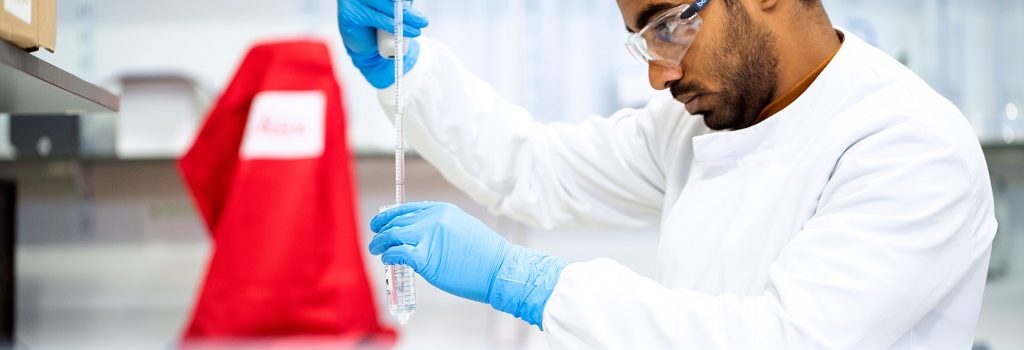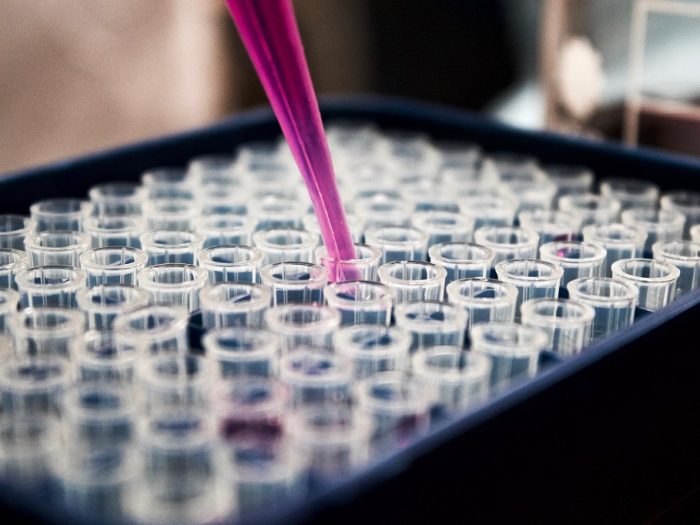Writing Lab Report Alternatives: Get Creative Instead of Being Formal

Writing Lab Report Alternatives: Get Creative Instead of Being Formal
Laboratory work requires students to perform experiments and report on the results later. After the practical part is done, they have to show their understanding of the experiment and the ability to reflect on the results.

To do so, students are assigned to write lab reports – formal pieces based on the following elements:
- Hypothesis
- Evidence
- Reasoning
- Argumentation
Writing such papers, learners learn how to describe data in a professional, scientific voice, which is a useful skill. However, the problem is that a lab report is not the most efficient way to express thoughts. This type of writing is not communicative due to its formality. Are there any less-formal methods that allow students to communicate in an evidence-based and logical way? The answer is yes, and we will talk about them now.
Not by formality alone…
- Video and audio recordings
Learners can try making videos of their experience with the help of mobile phones or tablets. The 0class can create a YouTube channel and share these videos online. Some applications allow users to add writings to their videos (Screencast-O-Matic or Screencastify). Using them, students can share information about lab practice.
Also, students can create podcasts using the voice recorders on their phones. Files can be shared via Google Drive or Google Classroom to allow teachers and other learners to check them out.
Gladly, students are incredibly well-versed with modern technologies. This means that teachers won’t necessarily have to waste time and explain how applications work. They can offer an appealing idea, and students will quickly do everything on their own.
- Comic books
Teachers can encourage students to create a comic book about the experience they had in a lab. These tasks can be assigned before the lab starts to let learners do some sketches. Usually, the lab work includes several steps, which can be drawn beforehand. This allows students to plan their activity and anticipate their tasks better. Also, the comic format can be used to highlight important aspects of laboratory work. For instance, students can draw pictures that show the importance of safety measures.
As a post-lab practice, the comic format can be used to represent steps taken in the lab, tools used to gather information and received data.
There is only one minus of the comic-format. It is hard to interpret and analyze scientific data in pictures. Describing the connections between variables (for instance, temperature and weight) graphically is almost impossible. That is why drawing can be used as an additional element.
- Working in teams
In order to communicate scientific ideas, students can be encouraged to work in teams. When the lab is over, students can try working in teams of four to represent the detailed results in simplified graphs and tables.

There should be two speakers and two listeners in each team. The speakers’ job is to talk about the aims of the lab, procedures, methods, and results. They are expected to explain the importance of the experiment, highlight contradicting points, and express original assumptions if any. In turn, listeners should visit each speaker, listen to them carefully, and record the results as well as testable questions. Then they should come back to their group and share the ideas expressed by the opposite team.
This technique can be used to end any lab fruitfully – each student will get a list of results and questions to reflect on. If both teams have a unique set of questions and results emerged from the experiment and received information, all students will get plenty of information. In case the results are similar, this won’t be that interesting.
In any case, communication is a great way to improve the learning process. The science class is a place to share ideas, methods, and strategies that work. What is more, communicating during the lab practice, students have a chance to see how their peers solve problems and expand their horizons. It is crucial to make students think about ideas rather than marks. And communication is the best way to do that! Encourage your students to discuss all points of their practice and enjoy a positive classroom environment!
